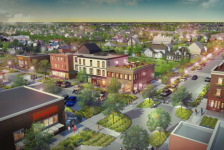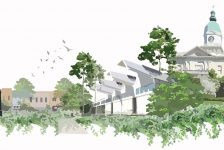Paulay Courtyard Garden, by Ujirany/New Directions in Budapest, Hungary. What is your first thought when you see a landscape project for the first time? The answer is straightforward: Do you like it or not? Could you explain why? To answer this question, let’s do an exercise, taking as an example a 430-square-meter project located in the capital of Hungary. According to World Atlas, Budapest is the most populated city in Hungary. Budapest’s climate is humid continental, which basically translates into a huge temperature difference across seasons, meaning that summers can be extremely hot and winters extremely cold. Consequently, species that live in this type of climate must be able to withstand extreme seasonal and temperature changes. Back to our example: Paulay Garden was designed by Ujirany, and it is located at V. Paulay Ede Street, 65.
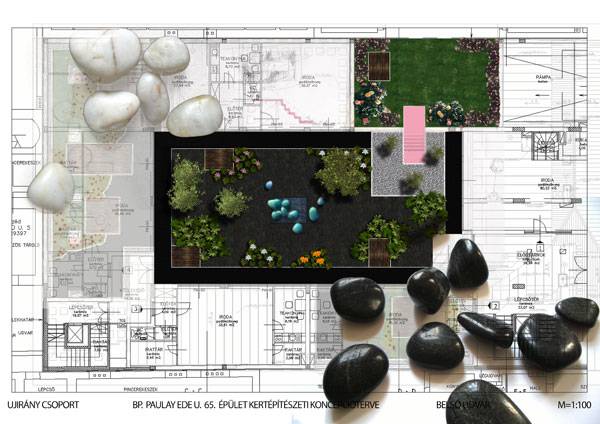
Paulay Garden. Image credit: Ujirany
Designing a Landscape for Mixed-Use Buildings
The Paulay Eden Building was competed in 2007, and it is a mixed-use building that blends residential and office apartments. Paulay Eden was one of the first mixed-use projects in downtown Budapest, as reported by Habitat Consultants. The offices are situated on the ground level, and there are 44 luxury flats on the upper levels. The inner yard, called Paulay Garden, is surrounded by offices.
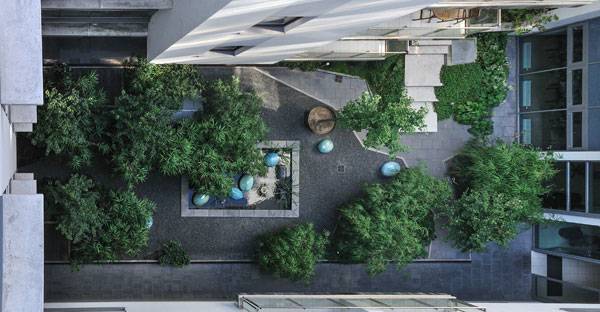
Paulay Garden. Photo credit: Ujirany

Paulay Garden. Photo credit: Ujirany
What is Your Perception of Paulay Garden?
What was the budget for the construction? Do we have sufficient knowledge about the local culture? What about the people who are really going to use the place? What do we know about them? At this moment, you are probably thinking that there are too many questions and almost no answers. This is exactly the purpose of this article: to make a self-criticism and question ourselves as to what extent our tastes and culture override the local culture and context of the project, influencing our repository of knowledge and creating positive and negative influences over our perception of good and bad.
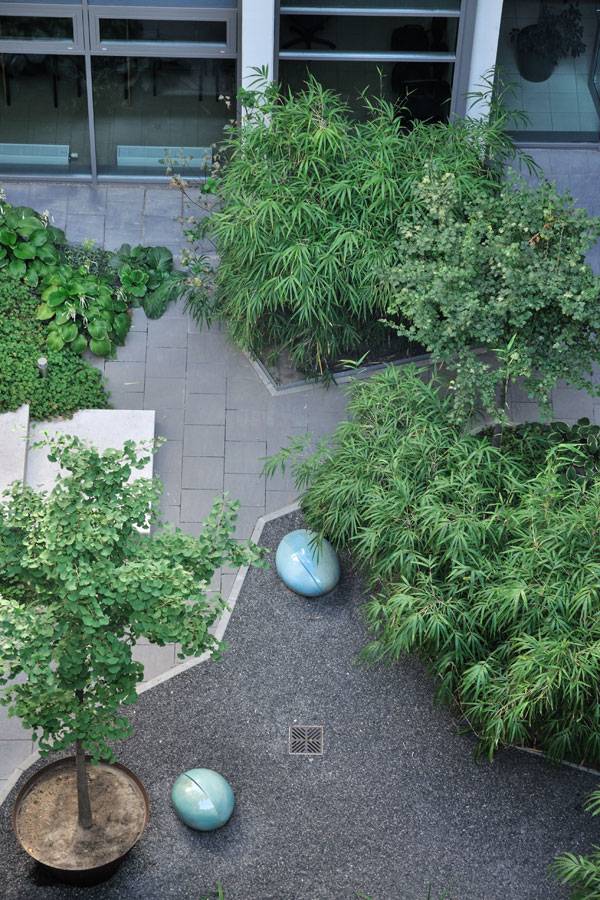
Paulay Garden. Photo credit: Ujirany
Should We Use Curves or Straight Lines in our Design?
Far away from the curves of Burle Marx, Paulay Garden was designed and built based on straight lines, from the shape of the decks to the shape of the pathways. Is that good? The answer is certainly not objective. Is that wrong? Absolutely not. You might rather see the curves of Burle Marx or the symmetry of André Le Nôtre, but it does not make the Paulay Garden project right or wrong. Related Articles:
- Award Winning Small Garden Design
- Stylish Terraced Garden Makes The Most Out of Small Space
- Luxurious Small Urban Garden Getaway

Paulay Garden. Photo credit: Ujirany
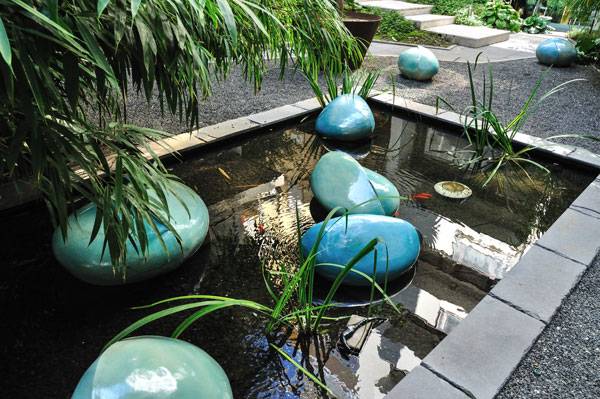
Paulay Garden. Photo credit: Ujirany
Finding Meaning in the Pebbles
At a first look, who thought the pebble size was exaggerated? Honestly, I did. However, when analyzing the entire garden, the pebbles (designed by ceramic designer, Edit Szabo) were indeed special and they bring a different concept to the project. First, because the river pebble can be found in great numbers in the vicinity of the village and can be considered a symbol of Budapest. Secondly, the pebble holds two important roles: one especially during the winter, and the other when the spring comes.
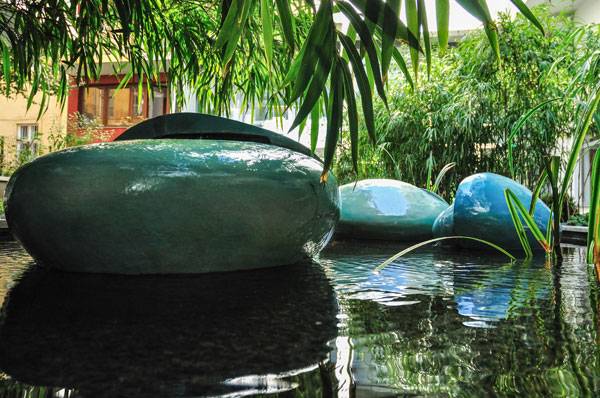
Paulay Garden. Photo credit: Ujirany
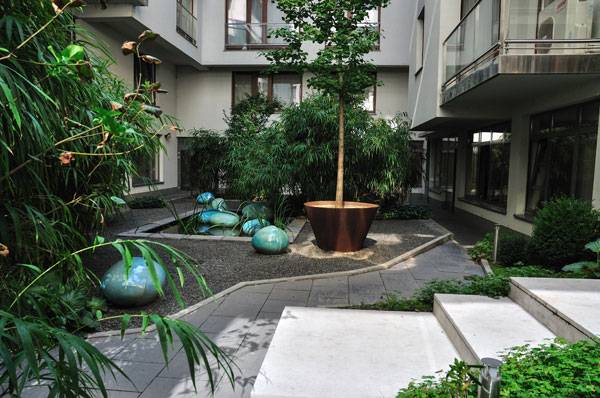
Paulay Garden. Photo credit: Ujirany
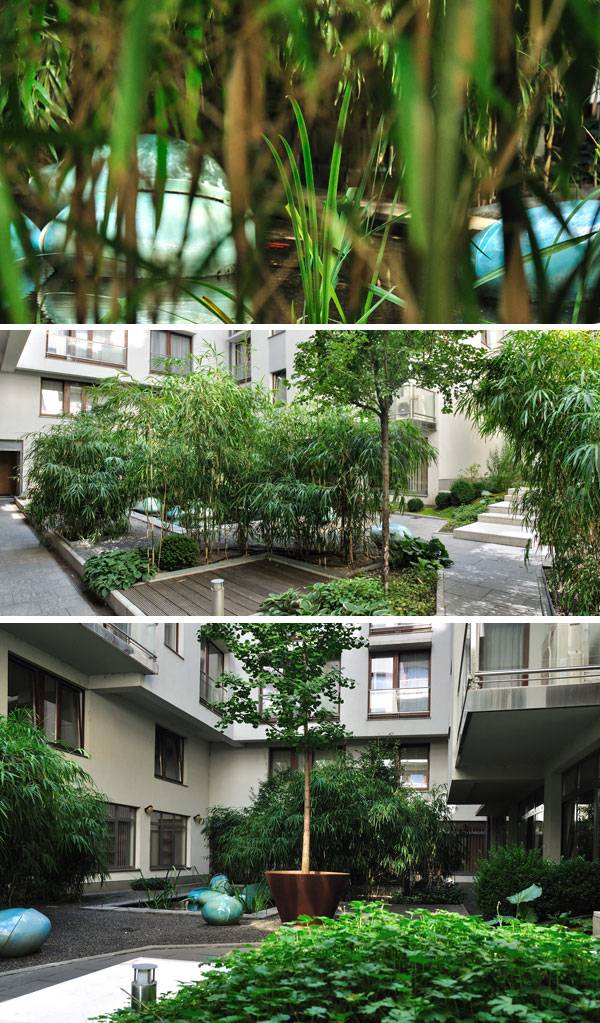
Paulay Garden. Photo credit: Ujirany
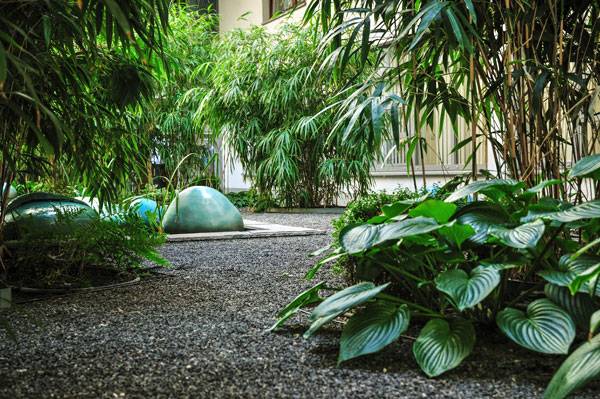
Paulay Garden. Photo credit: Ujirany
Playing With Areas of Contrast
Contrasted with the couryard, this always sunlit place is a resting area designed for the occupants. The yard and three wooden terraces were given space here. It provides the possibility for the occupants to organize community meetings or family meals and parties. Amongst the raised terraces and the paved surfaces we find a lot of grassy and planted areas. The pergola organized on the line of the chimney-like ventilation tubes supports the fragrantly blooming climbers.
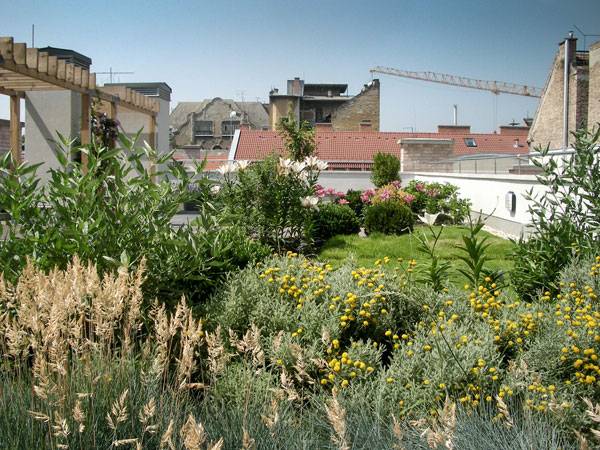
Paulay Garden. Photo credit: Ujirany
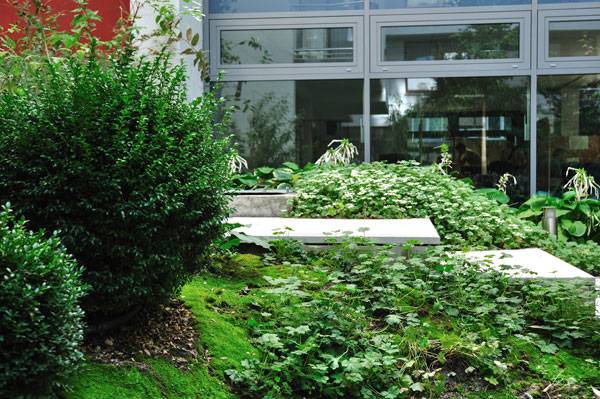
Paulay Garden. Photo credit: Ujirany

Paulay Garden. Photo credit: Ujirany
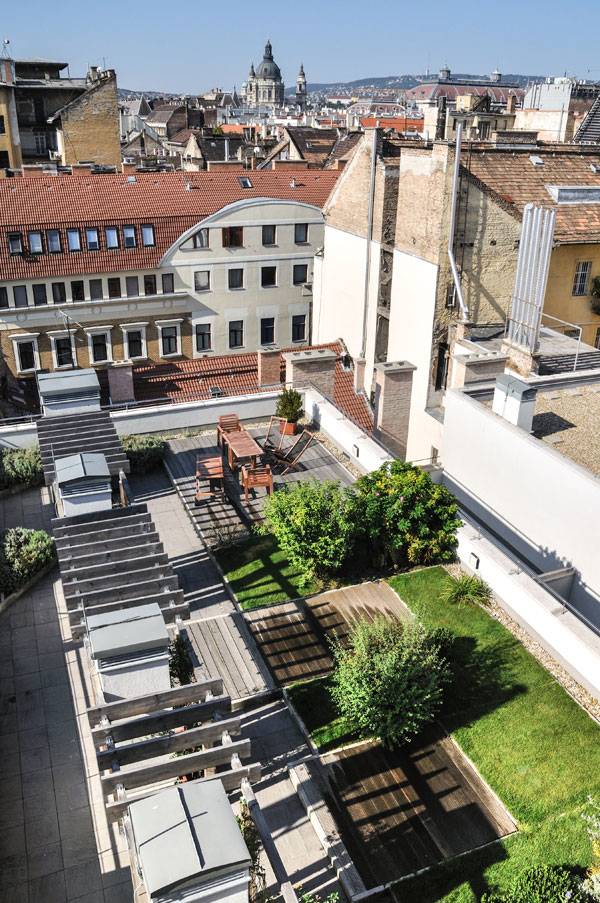
Paulay Garden. Photo credit: Ujirany
Full Project Credits For Gubei Gold Street
Project Name: Paulay Garden, at 44-flat condominium Designers: Ujirany/New Directions Ceramic Designer: Edit Szabo Location: Budapest, Hungary Total Area: 430m² Project Year: 2005 Status: Completed in 2007 Recommended Reading:
- Urban Design by Alex Krieger
- The Urban Design Handbook: Techniques and Working Methods (Second Edition) by Urban Design Associates
Article by Sarah Suassuna Return to Homepage
Published in Blog






